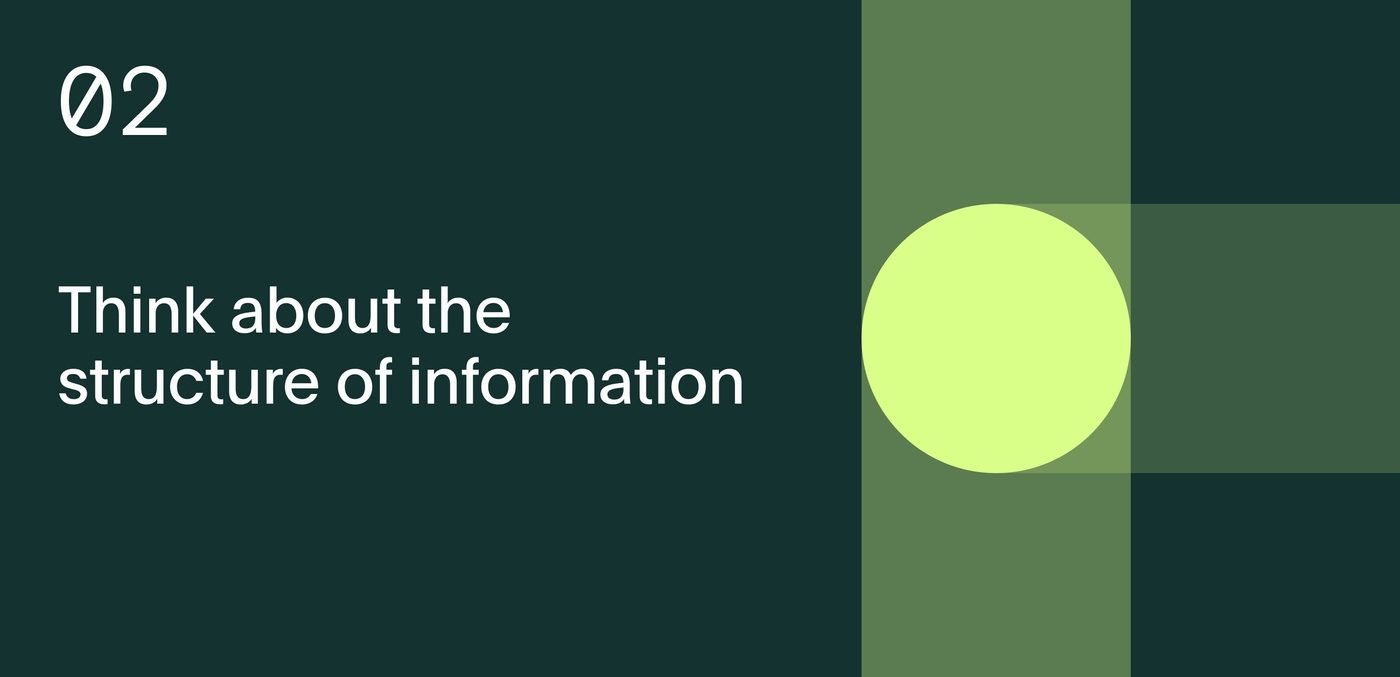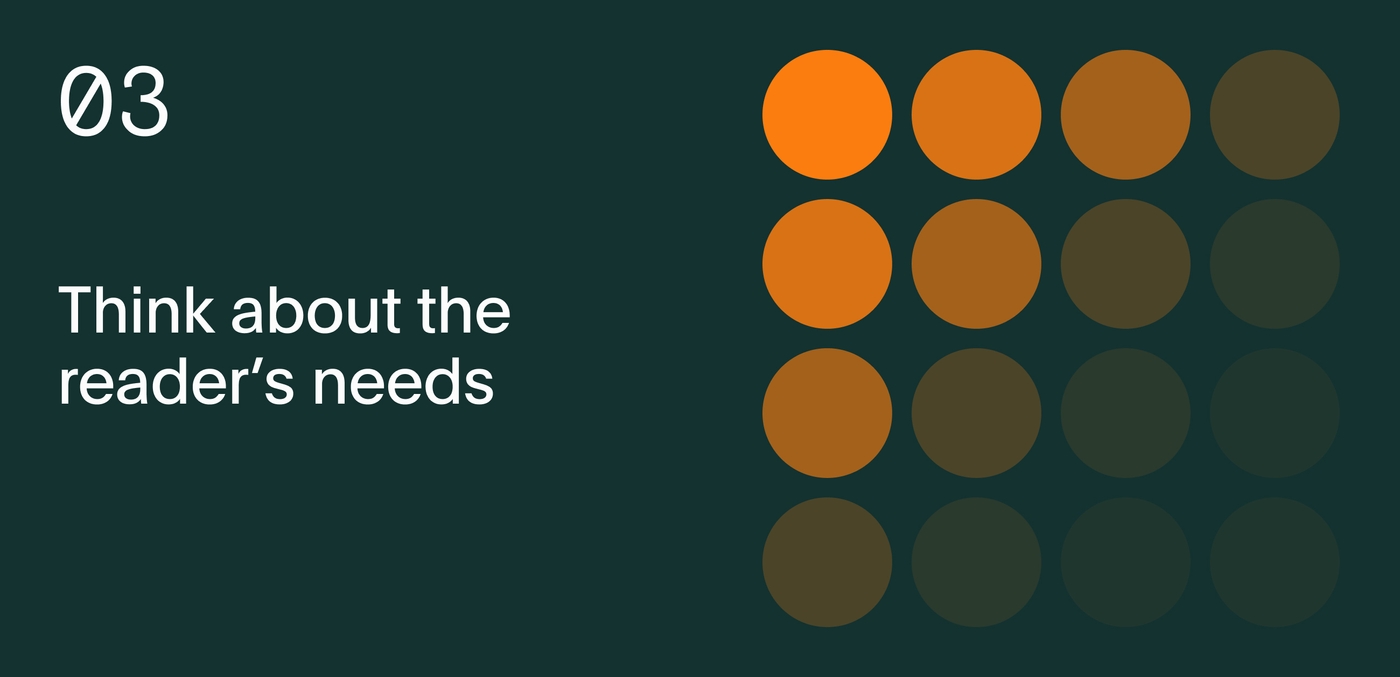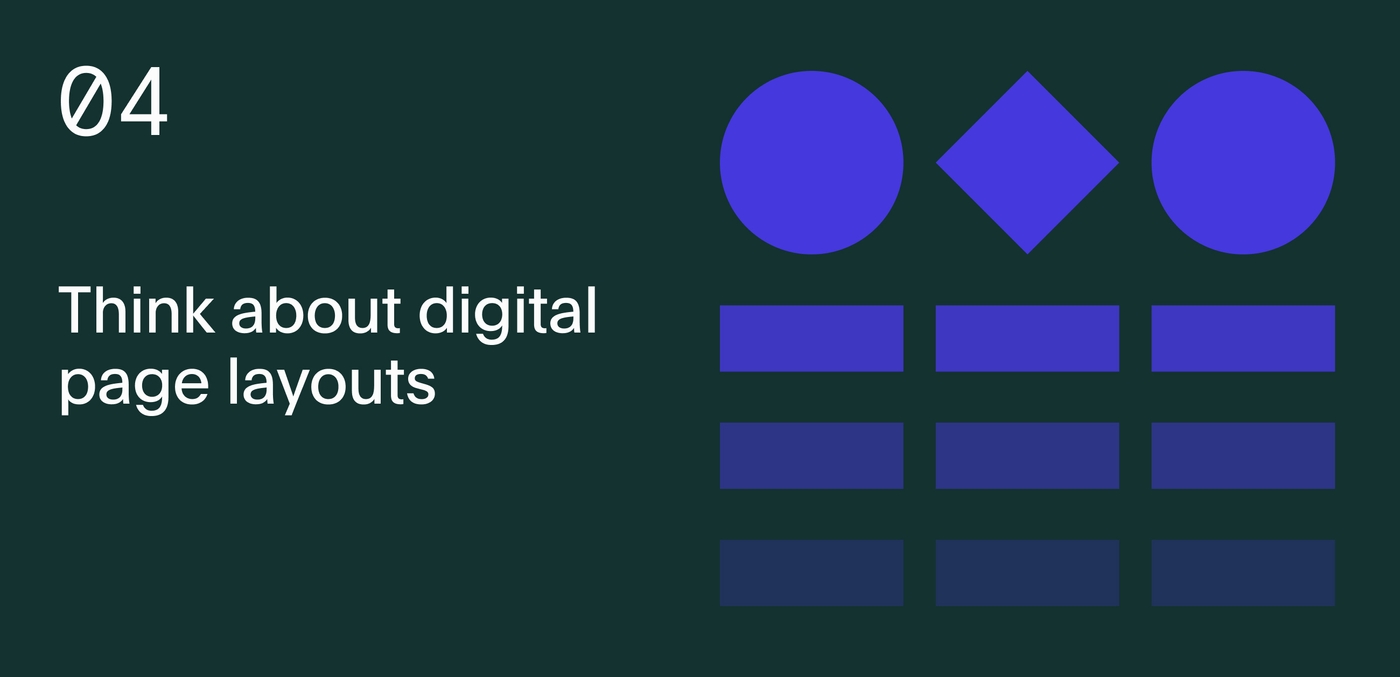First thing’s first, a content warning: I will be mentioning sexual assault and trans health in relation to accessing healthcare.
I was born with a rare heart condition
But thanks to some diligent doctors and nurses, my heart condition was noticed early and I had surgery to correct it when I was just 4 months old. Since then, I’ve spent countless hours in wards and waiting rooms, and I’ve interacted with a whole heap of healthcare content.
More and more of that content is becoming digital. Clinic information, results, treatment guides, even appointments (thanks COVID), are either sent to or searched for by patients online. And I've noticed a common theme.
Healthcare content is often really hard to understand and navigate*
*Of course I’m not here to generalise, some healthcare providers do a great job at providing accessible healthcare content.
But a lot of the time, in my experience, healthcare content feels like an after-thought. Like a job on the to-do list rather than an opportunity to empower patients. Over the years I’ve navigated a number of healthcare systems, and I’ve encountered some recurring content challenges. For example:
Appointment emails that use old or retrofitted templates, resulting in passive language that's hard to read, poor structure that buries key information, and generalised information that alienates or confuses.
Clinic websites with muddled structures or over-complicated layouts, making it hard for people with screen readers to navigate or people who are worried or stressed to feel reassured.
Online treatment platforms that lack straightforward explanations of conditions and clear step-by-step guidance on how to manage and improve their own health.
All of this results in people feeling excluded, overwhelmed and confused. But on a broader scale, it gets me thinking how poorly designed healthcare content can impact how we manage our daily health.
We’ve all been a patient at some point in our lives
From the GP to the dentist, physiotherapy to routine surgery, we all interact with healthcare content on a regular basis. But even beyond occasional or routine health management, I'm not alone in having a chronic health condition that makes interacting with healthcare content a necessity.
The Centers for Disease Control and Prevention (CDC) defines a chronic health condition as one that lasts 1 year or more and requires ongoing medical attention or limit activities of daily living or both.
So we’re talking heart and neuro diseases, asthma, arthritis, cystic fibrosis and cancer – to name a few. Interestingly, there is ongoing discussion and research by health and medical groups on whether things like depression and anxiety should also be listed as a chronic health condition. And who knows, emerging conditions like long Covid might become the next chronic health condition. Meanwhile, health.gov.au says that 1 in 2 Australians have at least one chronic health condition.
So if chronic health conditions are more common than we thought – and if we're interacting with healthcare content more often than we thought – why do a lot of us struggle to understand healthcare information?
It’s because of our health literacy
Health literacy is our ability to understand essential health information that is key to us successfully using all elements of the health system.
Health literacy lies at the heart of us being able to take control of our own health by making informed decisions and seeking the right care at the right time. Even though health literacy is key to us managing our healthcare needs, health literacy rates around the world are poor.
- In Australia, 60% of Australians have ‘less than adequate’ levels of literacy and health literacy, and only 6% of the Australian population has ‘high’ health literacy levels.
- In America, as many as half of US adults have limited literacy skills. Even more – 9 out of 10 – have limited health literacy.
- In Bulgaria, over 62% of Bulgarians have inadequate to problematic levels of health literacy.
But health literacy isn’t just about our ability to read and understand things
There are multiple factors impacting health literacy, and as with many things in life, they're intersectional. People from excluded and discriminated groups or communities are more likely to experience the additional factors that can result in poor health and poor health literacy.
Some factors other than reading ability that impact health and health literacy:
- education
- the internet
- a personal support network
- economic stability
- government stability that is able to provide consistent and robust healthcare
- and inclusive healthcare for specific needs (for example, the health needs of trans-people or survivors of sexual assault are often not taken into account in healthcare content design)
So how can we empower people with low health literacy?
Sadly, this article doesn’t have the answers to solve the complex and layered problems that cause low health literacy (but give us a call, because we’ve certainly got some ideas). But it does offer some principles to follow when designing and writing digital healthcare content that can help to empower people with low health literacy.

Think about how you write
Describe health behaviours – just the basics
Research shows people need specific behavioural guidance when it comes to healthcare. In other words, tell them what to do and how to do it. But health information doesn't need to be comprehensive either. People prefer to learn 'just the basics' so that they can feel confident having conversations with health professionals in real life.
Write in plain English with search engines in mind
It's a no brainer in all good content. Write in everyday language people will understand. But for healthcare specifically, it's important to always explain medical terms in common ways.
For example: When you get a mammogram, the nurse will place your breasts between two plastic plates and take a picture of each breast.
Also consider search engine optimisation (SEO). Nearly everyone has Googled something to do with their health. Help people find their answers by including their questions in the content, in language they would use.
For example: Why do I need a pacemaker?
Label links clearly – using common words
Research from the American Department of Health found that people with low health literacy tend to click links rather than read pages. This is known as ‘link hopping’.
Link hopping is a common behaviour when people feel overwhelmed. They will jump through multiple pages quickly in the hopes of finding reassurance as soon as possible.
Help people to find the healthcare information they need by clearly labelling links using everyday language.

Think about the structure of information
Regardless of the topic or type of content, put the most important information first
Many people with low health literacy will assess the likelihood of them understanding something by only reading the first few words or headers. Put the most important, need to know stuff upfront. Ideally in words they understand.
Provide any actions as steps
Well designed healthcare content should empower people to look after their health. People gravitate toward action steps, especially things they can do immediately.
This improves their self-efficacy. Self-efficacy is an individual’s judgment of their ability to succeed in reaching a specific goal. Self-efficacy is an important factor of good health behaviour.
Breaking actions into smaller steps gives people choices about which steps feel realistic and doable.

Think about the reader’s needs
Stay positive but realistic, and include benefits of taking action
This is all about balance. Whether it’s booking a follow-up appointment or following an exercise program, be upfront about the severity or importance of something, but also positive about the possible outcomes and the benefits of taking action.
Be inclusive and non-binary
Basically, don’t make assumptions. Someone who is pregnant doesn’t necessarily identify as a woman. Someone recently diagnosed with dementia isn’t necessarily elderly. Someone with a chronic health condition isn’t necessarily an adult.
Remember not everyone uses a keyboard and mouse
When it comes to healthcare content and experiences the likelihood of someone using digital support devices increases. Always consider things like screen readers and people not using a traditional mouse and keyboard set up. For example, some people will navigate using the Tab key, so don’t make them tab through every single menu item before they get to the actual content.
Include printer-friendly tools and resources
Often people want to print off healthcare information to share with a doctor or practitioner at their next appointment. Make it easy for people by including clear download and print buttons.

Think about digital page layouts
Keep content in the centre and above the fold
Healthcare isn’t the time for innovative layouts. Research from the American Department of Health found people with low health literacy don’t scroll. So place all the need-to-know content at the top and use things like contents lists to signal that there’s content further down the page.
Use images to support learning – but don’t depend on them
Images and infographics can help people to understand healthcare information. But don’t make them the sole resource on the page, some people have conditions that make understanding images difficult so always provide a written explanation too.
Make navigation straight forward
Keep navigation menus and buttons like ‘Home’, ‘Next’ and ‘Back’ visible and available on every page so people can easily return to information if they need to take a second read. Use linear navigation methods like numbered pages or steppers to set expectations for how much content or how many steps people need to go through.
So that’s what I’ve learned about designing digital healthcare content that is usable and accessible for everyone. From being both a content designer and a lifelong user of healthcare systems.
Thanks for reading. I hope you find something in this article useful for your digital healthcare content.
Feel free to reach out to me with any reflections or questions at hello@portable.com.au